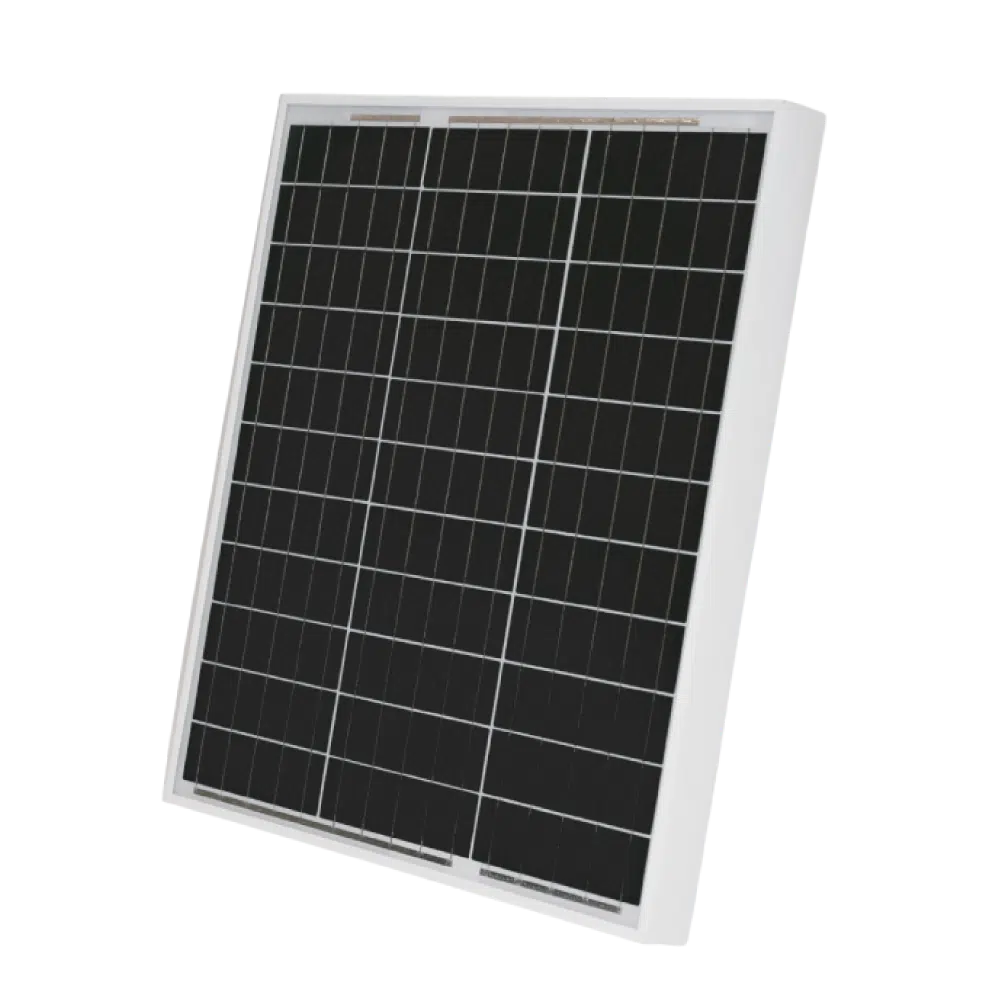Works Best for
Tailored for operators and enterprises seeking a scalable, cost-effective LoRaWAN® gateway. Carrier-grade design enables reliable and efficient network deployments that enhance coverage and capacity while minimizing total cost of ownership (TCO).
key verticals
kona macro benefits

Cavity Bandpass Filters
To optimize network performance, the gateway is equipped with cavity bandpass filters that effectively reduce interference from out-of-band signals. By rejecting unwanted signals, the gateway receives more packets, leading to improved signal quality and network efficiency.
Elevate Your IoT with KONA Macro
Experience superior outdoor LoRaWAN® connectivity with KONA Macro, ensuring reliability, cost-efficiency, and scalability in every deployment.
01
01

Why Choose
TEKTELIC Devices
TEKTELIC offers top-of-the-line LoRaWAN® gateways, sensors, and custom applications. These products, when combined, create a robust end-to-end solution that can be deployed efficiently and cost-effectively to tackle even the most complex IoT challenges.
01
01




















